What are the Disadvantages of ISO Tanks?
ISO tanks, also known as intermodal containers, are widely used for transporting liquids, gases, and powders in bulk quantities. These containers are standardized by the International Organization for Standardization (ISO) to ensure uniformity and ease of handling. While ISO tanks offer several advantages such as safety, cost efficiency, and versatility, they also have their share of disadvantages. Understanding these drawbacks is crucial for businesses and individuals considering ISO tanks for their logistical needs.
In this article, we’ll explore the various disadvantages of ISO tanks, covering factors such as costs, maintenance, limited flexibility, environmental concerns, and logistical constraints.
1. High Initial Investment
One of the primary disadvantages of ISO tanks is the high initial capital investment required. ISO tanks are expensive to manufacture due to the strict quality and safety standards they must adhere to. Each tank is made from high-grade materials, often stainless steel, to ensure durability, chemical resistance, and safety.
Purchasing ISO tanks can be a significant financial burden for companies, particularly for small or medium-sized enterprises. While leasing options exist, they still involve high monthly or yearly costs, which might not be feasible for businesses with limited budgets. Moreover, many companies prefer to purchase ISO tanks outright, which can tie up a significant amount of capital that could otherwise be invested in other areas of the business.
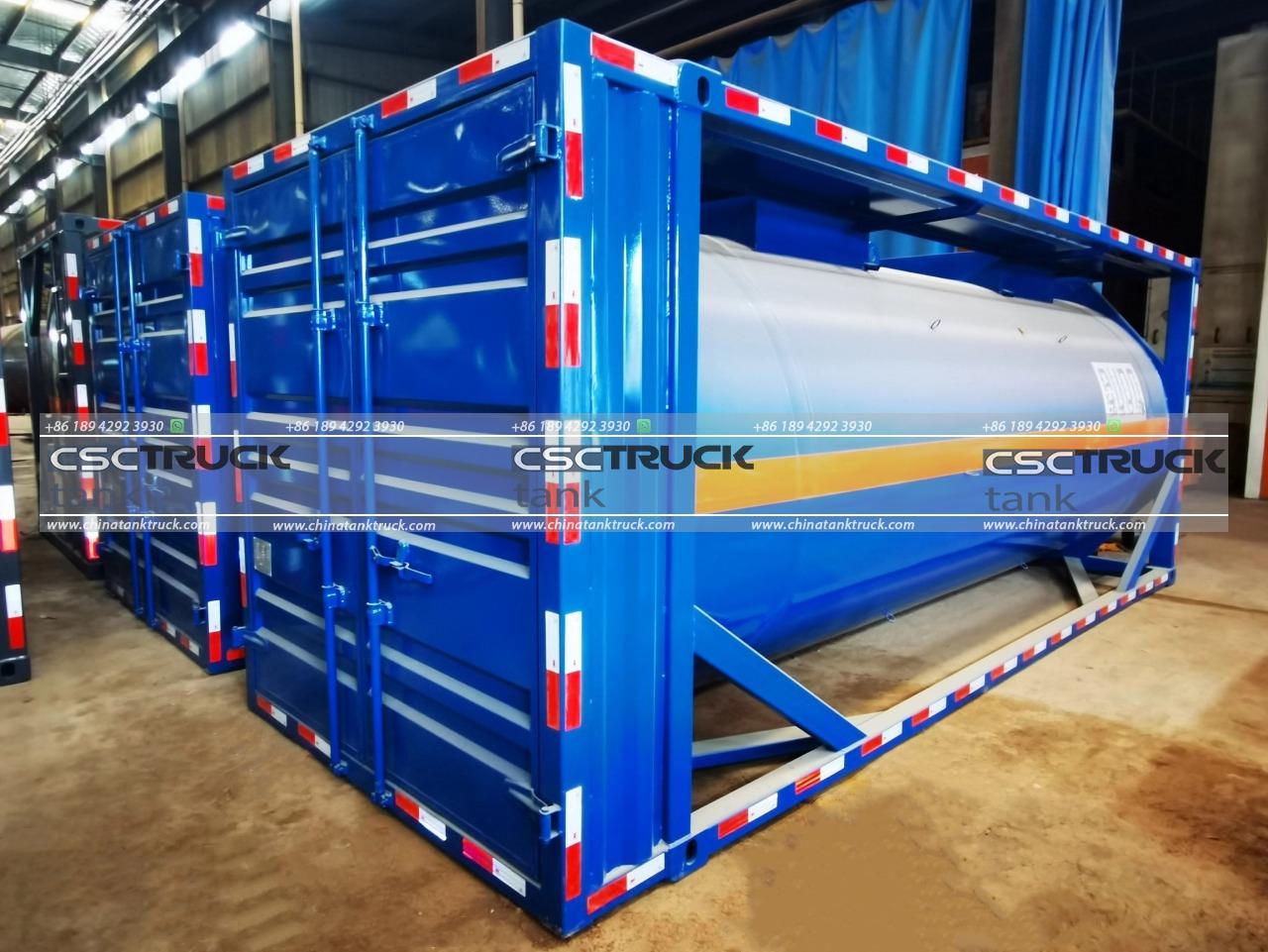
2. Maintenance and Inspection Costs
ISO tanks require regular inspections, maintenance, and cleaning to ensure they remain safe and compliant with regulatory standards. Various international safety standards dictate that tanks must be inspected at regular intervals, typically every 2.5 years, for pressure tests, valve checks, and general structural integrity assessments.
Maintenance also includes keeping the tanks clean between different cargo loads. Residual cargo in a tank can cause contamination, affecting the next batch of goods transported. Cleaning ISO tanks, especially those that carry hazardous materials or chemicals, can be a complicated and expensive process, often requiring specialized cleaning services and equipment. In cases where tanks transport food-grade materials, the cleaning standards are even more stringent, adding to the overall costs.
3. Limited Product Compatibility
Although ISO tanks are designed to transport various materials, they are not universally compatible with every type of cargo. Some materials are too reactive or corrosive for standard ISO tanks and may require specially lined or coated tanks, which are significantly more expensive. For example, strong acids or certain gases can cause corrosion over time, reducing the lifespan of the tank and increasing the risk of leakage.
Additionally, not all ISO tanks can accommodate temperature-sensitive materials. While there are specialized ISO tanks with heating or cooling systems, they are more costly and not as readily available as standard ISO tanks. This limited product compatibility may force businesses to use alternative, and sometimes less efficient, means of transportation for certain goods.
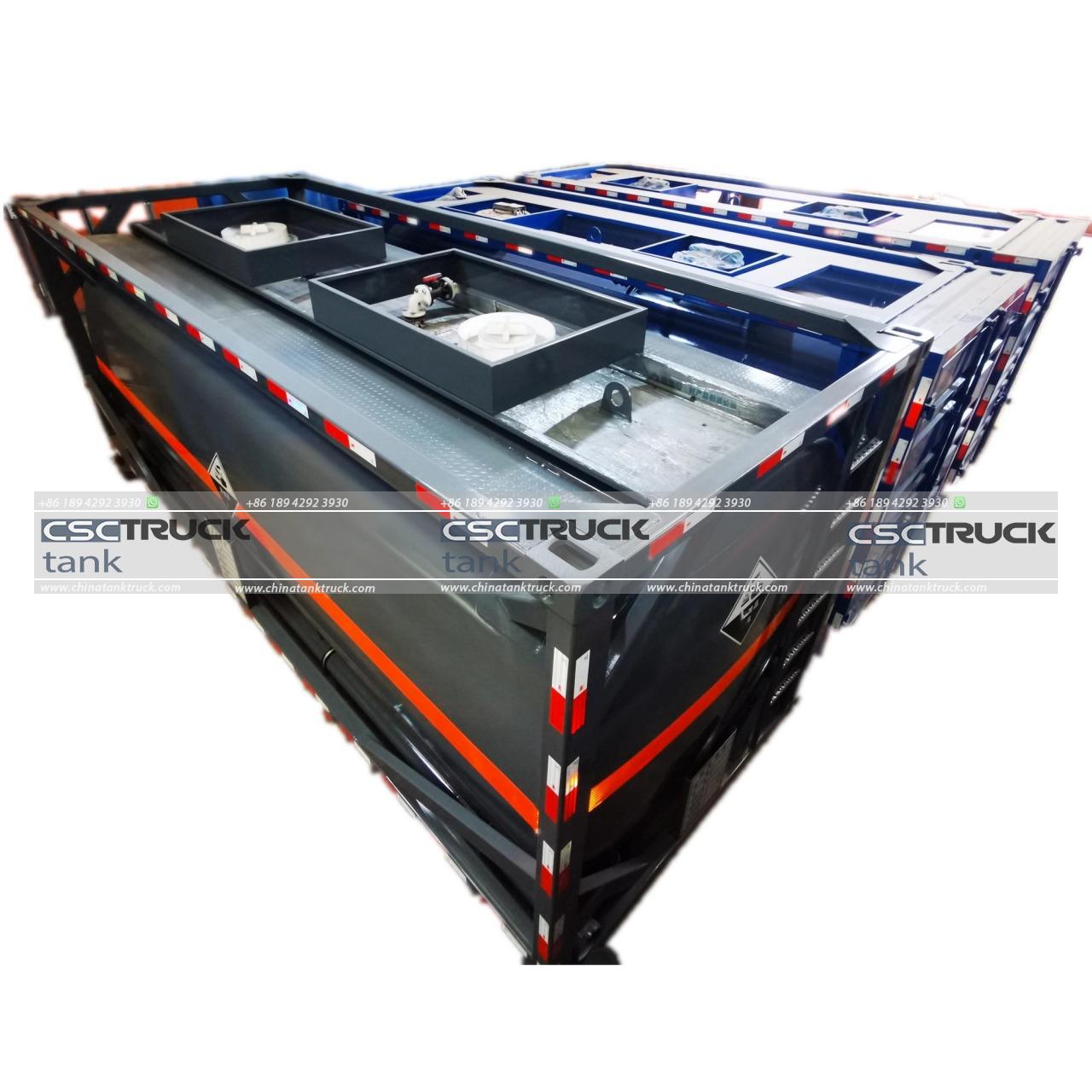
4. Complex Regulatory Compliance
Transporting hazardous materials, chemicals, or food-grade products in ISO tanks involves navigating complex regulatory frameworks. Each country has specific regulations governing the transportation of these materials, and failure to comply can result in fines, delays, or legal consequences.
For businesses that operate internationally, these regulations can vary significantly between regions, adding a layer of complexity to the logistics. For instance, the transportation of dangerous goods in Europe may adhere to ADR (Accord Dangerous Routier) standards, while in the United States, it must comply with DOT (Department of Transportation) regulations. Adapting to these different regulatory requirements often necessitates a deep understanding of international transport laws, as well as ongoing investment in compliance management.
5. Capacity and Weight Constraints
ISO tanks have specific volume capacities and weight limits that might not align with all transportation needs. Standard ISO tanks can carry around 20,000 to 26,000 liters of liquid, but there are situations where this volume might be either too small or too large for the cargo in question. Additionally, there are weight restrictions imposed by local authorities on the road, rail, or maritime transportation systems, limiting the total weight a tank can carry.
When transporting high-density materials, the weight of the cargo might reach the allowable weight limit before the tank is fully loaded, leading to inefficient use of space. On the other hand, transporting low-density materials might result in under-utilization of the tank’s total volume, effectively increasing the cost per unit of material transported.
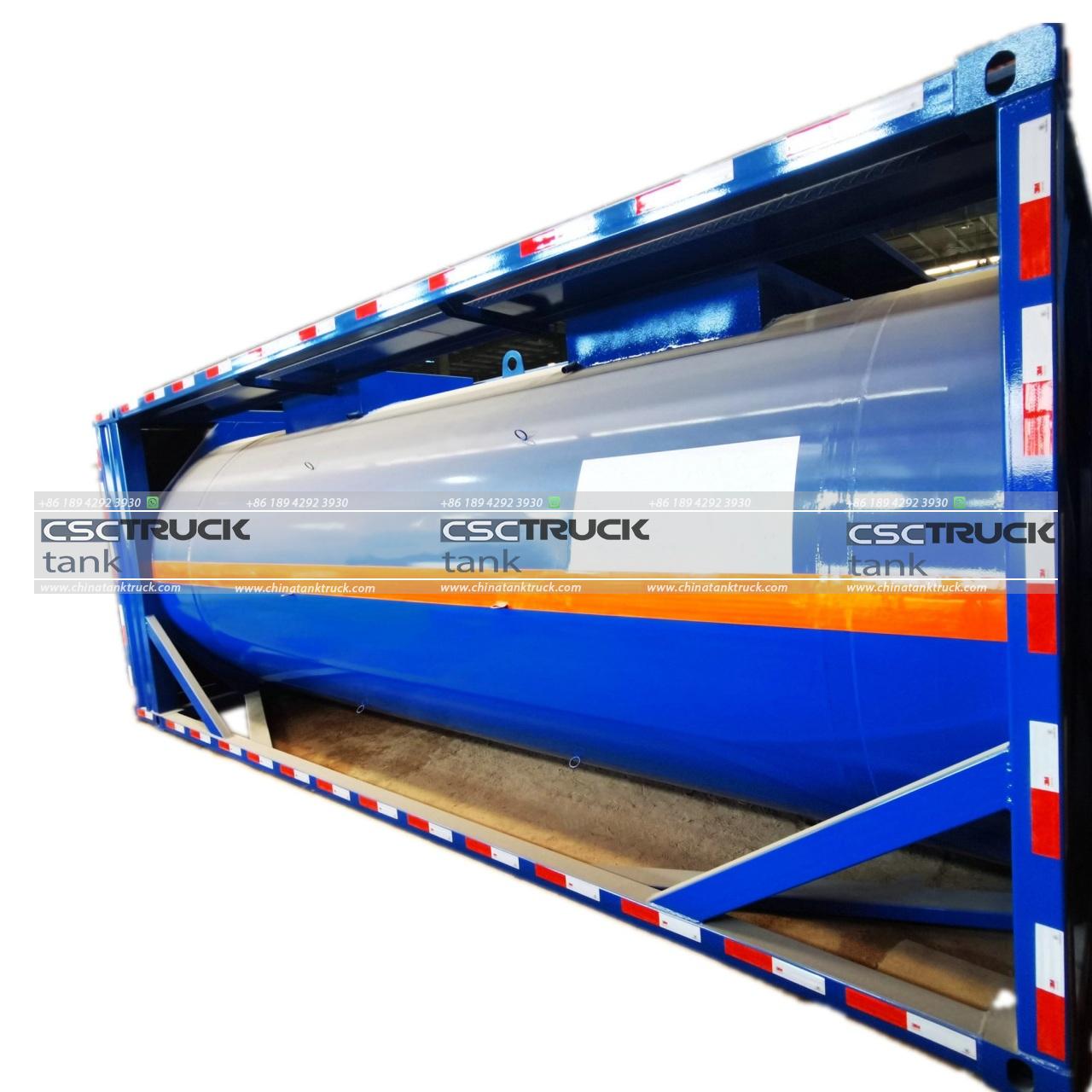
6. Transportation and Handling Costs
While ISO tanks are designed for intermodal transport, moving these containers involves several associated costs. Handling fees at ports, rail yards, or terminals can add up, particularly when the tanks need to be transferred between different modes of transportation (e.g., from ship to truck). ISO tanks also require specialized equipment for loading and unloading, such as cranes or forklifts, which can further increase handling costs.
Moreover, certain logistical constraints may arise when transporting ISO tanks by road. In many regions, there are regulations governing the maximum size and weight of vehicles allowed on highways, limiting the routes that trucks carrying ISO tanks can take. This often results in longer transportation times and higher fuel costs.
7. Limited Flexibility in Multi-Stop Routes
ISO tanks are primarily designed for bulk transport between 2 points, and they are not ideally suited for multi-stop routes. Unlike smaller containers, ISO tanks cannot be easily split to accommodate deliveries to multiple locations. This makes them less flexible for companies that require smaller quantities of materials to be delivered to several different destinations.
In some cases, businesses might need to invest in additional transportation solutions to handle multi-stop delivery routes, which can add to the complexity and cost of logistics. This lack of flexibility makes ISO tanks a less attractive option for companies with diverse or variable delivery needs.
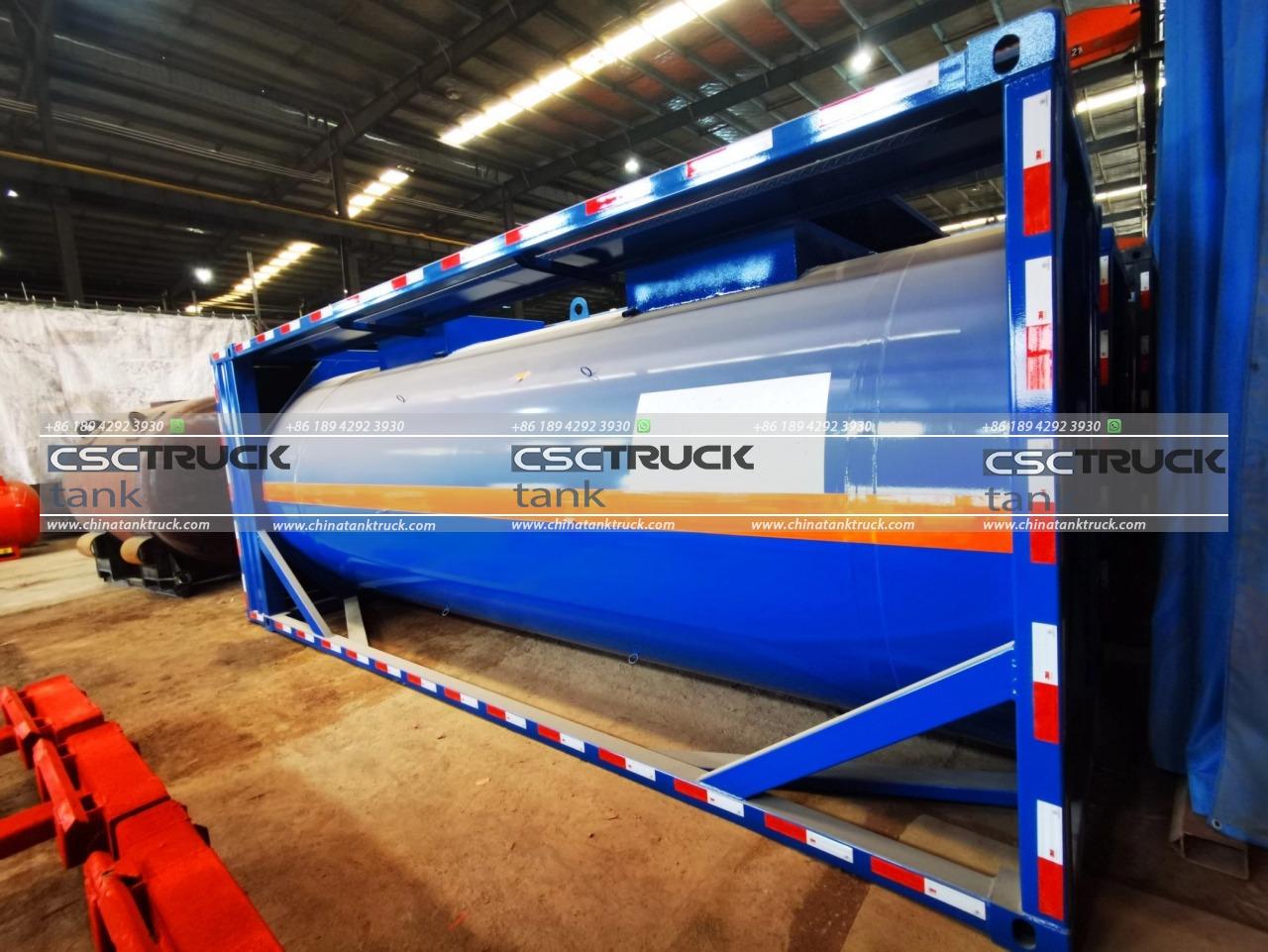
8. Environmental Concerns
Although ISO tanks are generally considered a safer and more environmentally friendly alternative to single-use containers, they still have some environmental drawbacks. The manufacturing process for ISO tanks is energy-intensive, and the materials used, such as stainless steel, have a significant environmental impact due to mining and processing.
Additionally, the transportation of ISO tanks, particularly by road, contributes to carbon emissions. Large trucks used to transport ISO tanks often have high fuel consumption rates, especially when traveling long distances. Moreover, the cleaning processes for ISO tanks, especially those that carry hazardous materials, can require large amounts of water and chemicals, further contributing to environmental concerns.
9. Depreciation and Long-Term Costs
ISO tanks, like any other capital equipment, depreciate over time. While they are built to be durable and long-lasting, they are still susceptible to wear and tear, particularly when exposed to harsh chemicals or extreme weather conditions. The depreciation rate of ISO tanks can be accelerated if they are frequently used for transporting corrosive or hazardous materials.
In addition to depreciation, companies must also account for the long-term costs associated with maintaining an ISO tank fleet. These costs include regular inspections, repairs, cleaning, and eventual disposal or recycling when the tank reaches the end of its service life.
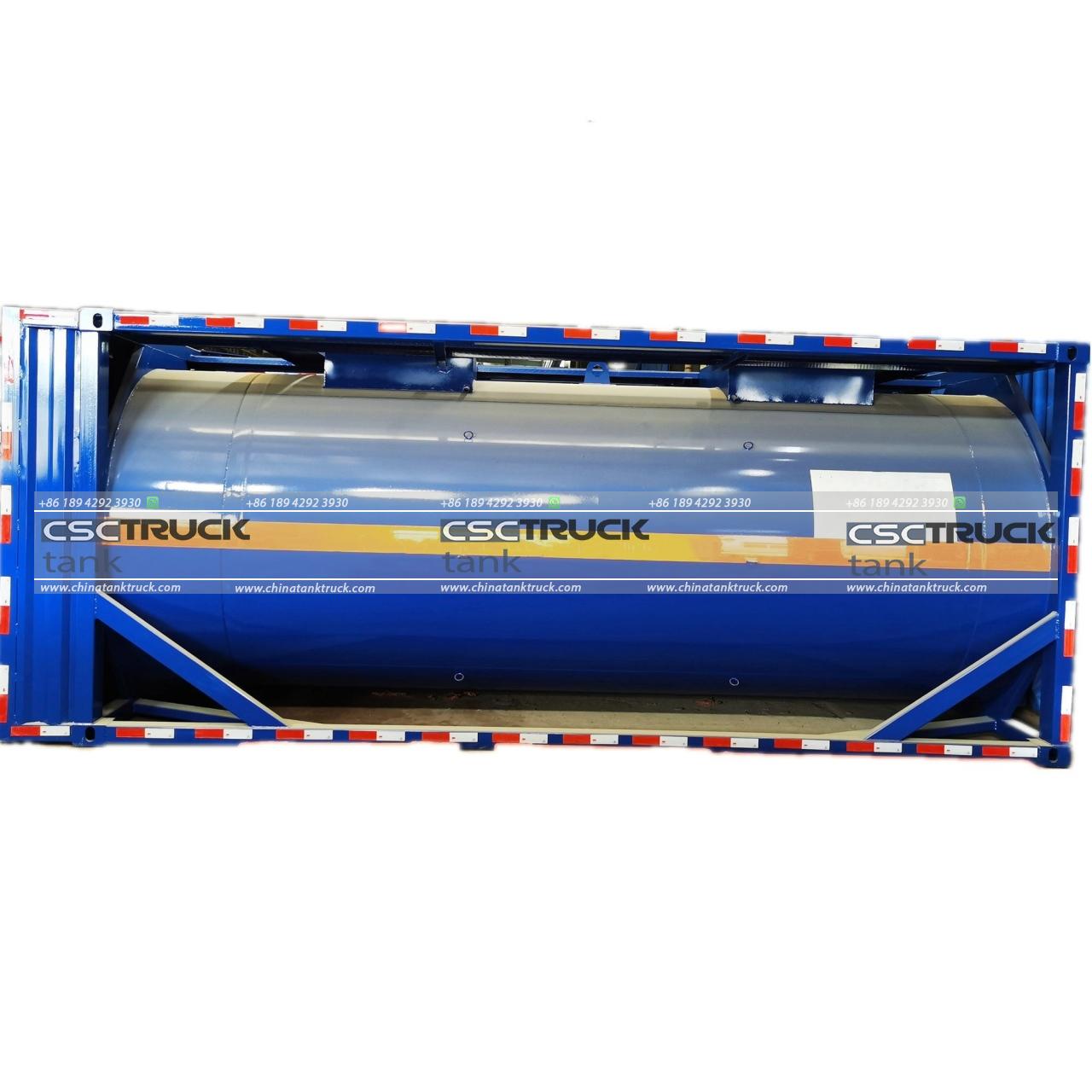
Conclusion
While ISO tanks offer numerous advantages in terms of safety, durability, and efficiency, they also come with several disadvantages that businesses must consider. High initial investment, ongoing maintenance costs, limited product compatibility, complex regulatory compliance, and environmental concerns are just a few of the challenges associated with using ISO tanks.
For companies involved in bulk transportation, understanding these disadvantages is essential for making informed decisions about whether ISO tanks are the best option for their logistical needs. By weighing the pros and cons, businesses can better navigate the complexities of ISO tank usage and optimize their transportation strategies accordingly.

